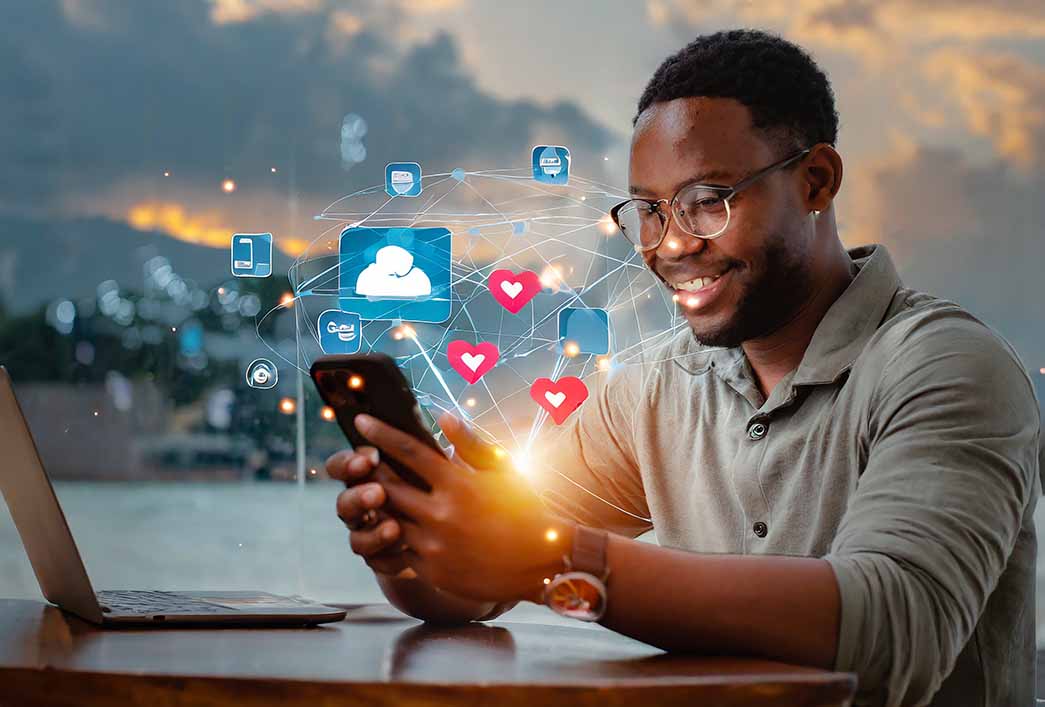In today’s fast-paced digital landscape, where websites are more than just information portals, empathy in web design stands as a beacon guiding the user experience.
So, let’s delve into how empathy transforms web design and why it’s the key to creating websites that not only look great but also connect and convert.

Understanding Empathy in Web Design
Empathy in web design is all about putting ourselves in the users’ shoes. It involves understanding their needs, frustrations, and motivations.
By adopting an empathetic approach, designers can create intuitive and user-friendly websites that address real problems and provide meaningful solutions.
User-Centric Approach: The Heart of Empathetic Design
At its core, empathetic web design focuses on a user-centric approach. This means prioritizing the needs and preferences of the end-user in every aspect of the design process.
From navigation to content layout, every element should align with what users find helpful, accessible, and enjoyable.
Emotional Connection: Beyond Functional Design
Empathy goes beyond creating a functional website. It’s about building an emotional connection with the user.
A website designed with empathy can evoke positive emotions, making the user feel valued and understood. This emotional bond can significantly enhance user engagement and loyalty.
Key Strategies for Implementing Empathy in Web Design
Let’s explore some effective strategies for weaving empathy into the fabric of web design.
Research and Understand Your Audience
Deeply understanding your audience is the first step. Conduct user research to gather insights about their behaviors, preferences, and pain points. Tools like surveys, interviews, and user personas can be invaluable in this process.
Accessible and Inclusive Design
An empathetic website is an accessible one. Ensure that your design is inclusive, catering to users with diverse abilities and backgrounds. Simple adjustments like high-contrast colors, readable fonts, and keyboard navigation can make a world of difference.
Intuitive Navigation and User Experience
A website should be easy to navigate and interact with. An empathetic design anticipates the user’s needs and provides a seamless journey through the website. Clear menus, logical page structures, and helpful prompts contribute to an intuitive user experience.
Personalization and Responsiveness
Tailoring the user experience to individual needs can significantly boost empathy. Personalization, like customized content and responsive design, shows users that their unique preferences are valued.
The Impact of Empathy on Business Goals

Incorporating empathy in web design isn’t just about creating a pleasant user experience; it’s also a smart business strategy. Empathetic design can lead to:
- Increased User Engagement: Users are more likely to engage with a website that feels personal and easy to use.
- Higher Conversion Rates: A website that addresses user needs effectively can convert visitors into customers more efficiently.
- Enhanced Brand Loyalty: Users who feel understood and valued are more likely to develop loyalty to a brand.
Empathy in Action: Real-World Examples
Several leading websites have harnessed the power of empathy in their design. For instance, websites that offer personalized recommendations or those with easy-to-navigate interfaces for users with disabilities showcase empathetic design in action.
Conclusion: Empathy as the Future of Web Design
In conclusion, empathy in web design is about creating digital experiences that resonate on a human level. By understanding and prioritizing the user’s perspective, web designers can create websites that are not only visually appealing but also deeply connected to the needs and emotions of their audience.
As we forge ahead in the digital age, empathy will undoubtedly continue to shape the future of web design, creating a more inclusive, engaging, and user-friendly internet for everyone.
Remember, the best websites don’t just look great; they feel great. Embrace empathy in your web design, and watch as your digital presence grows stronger and more meaningful.









